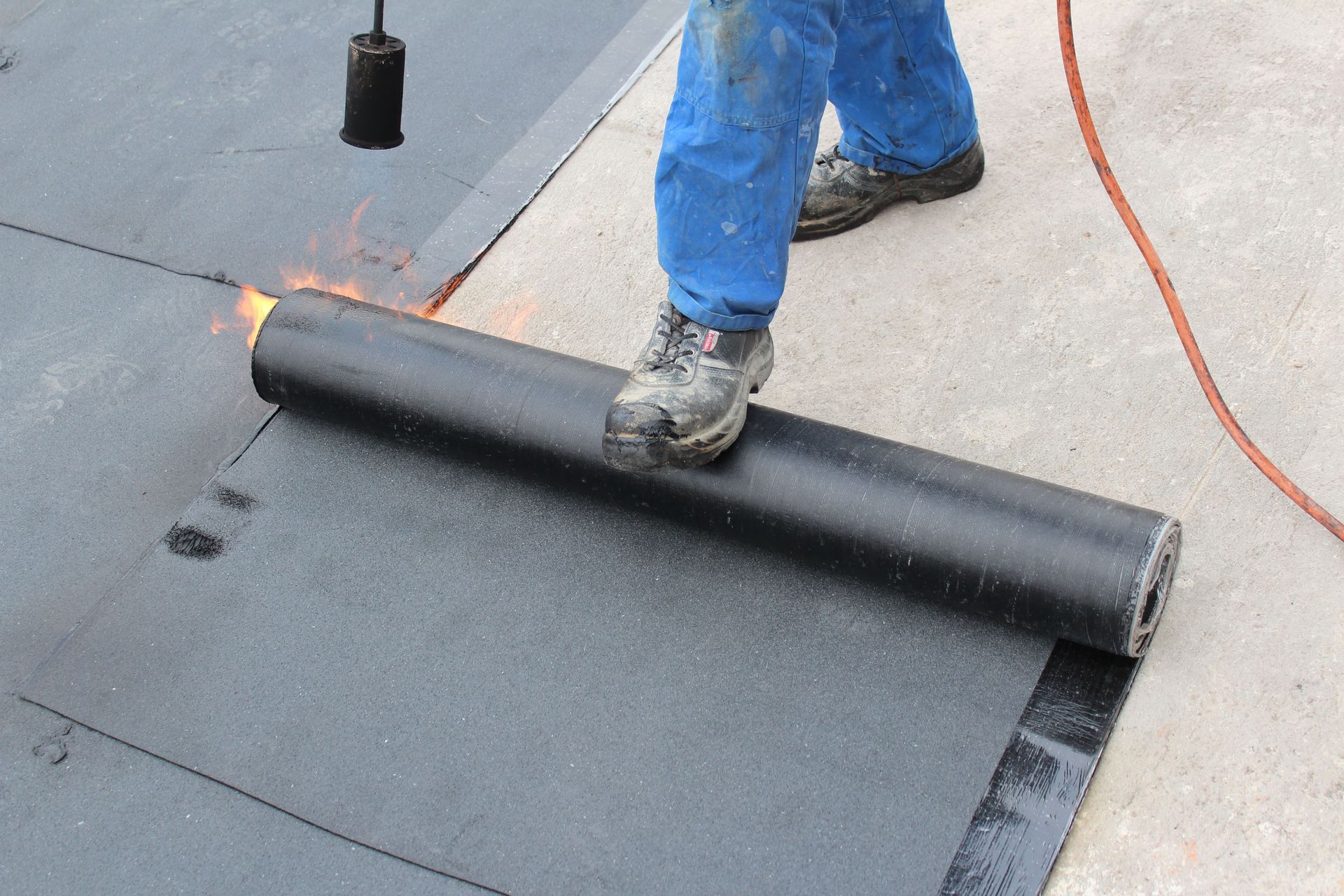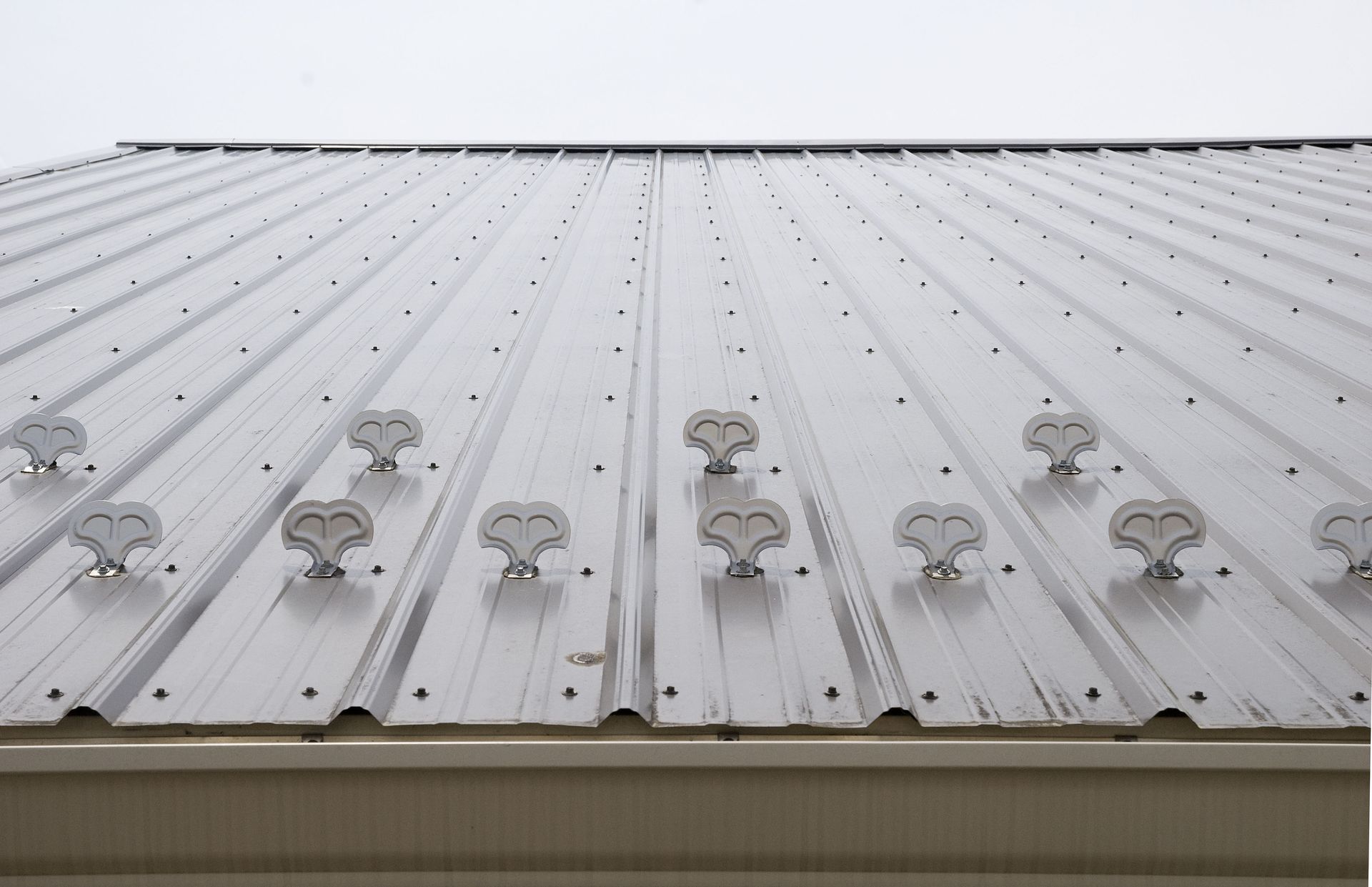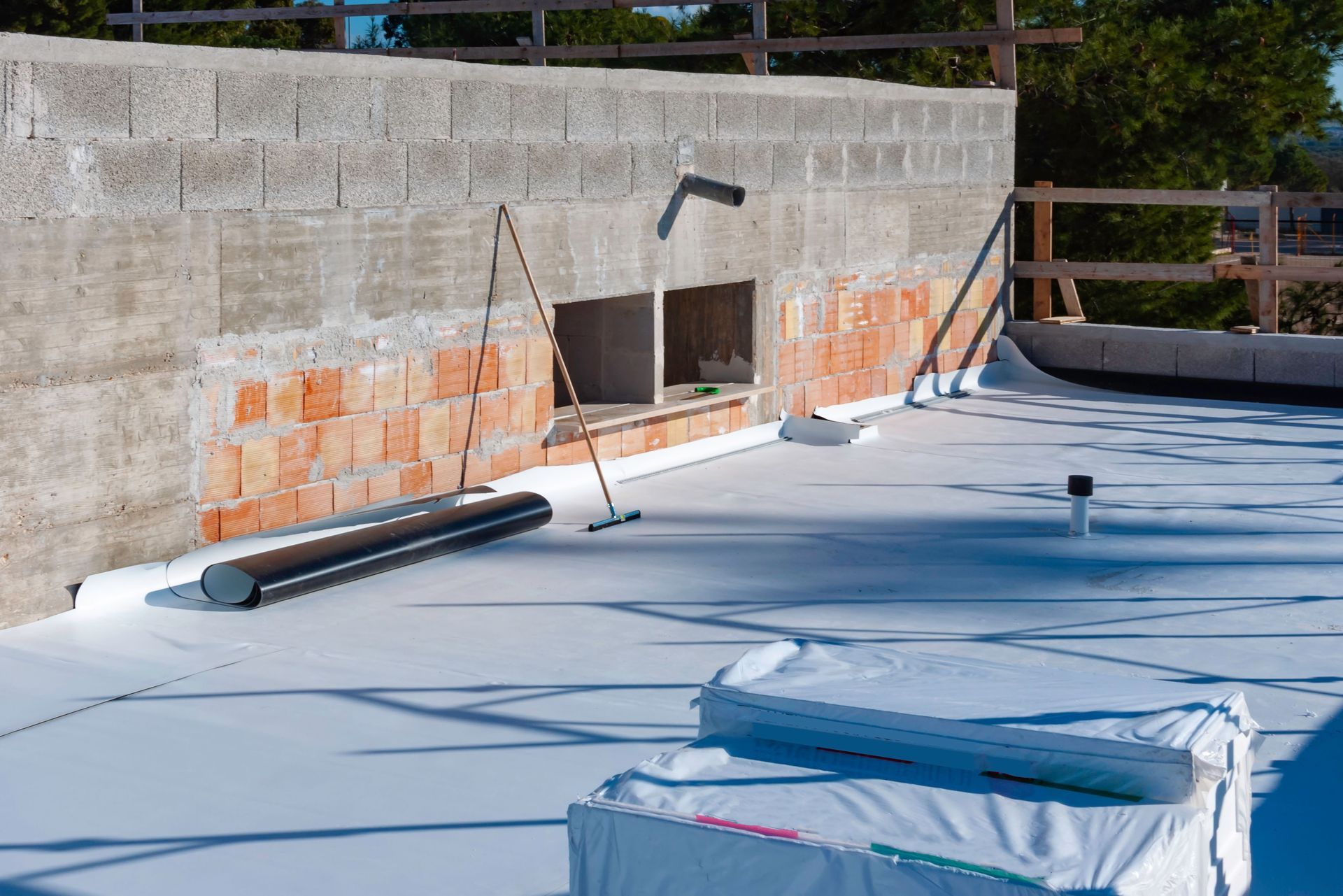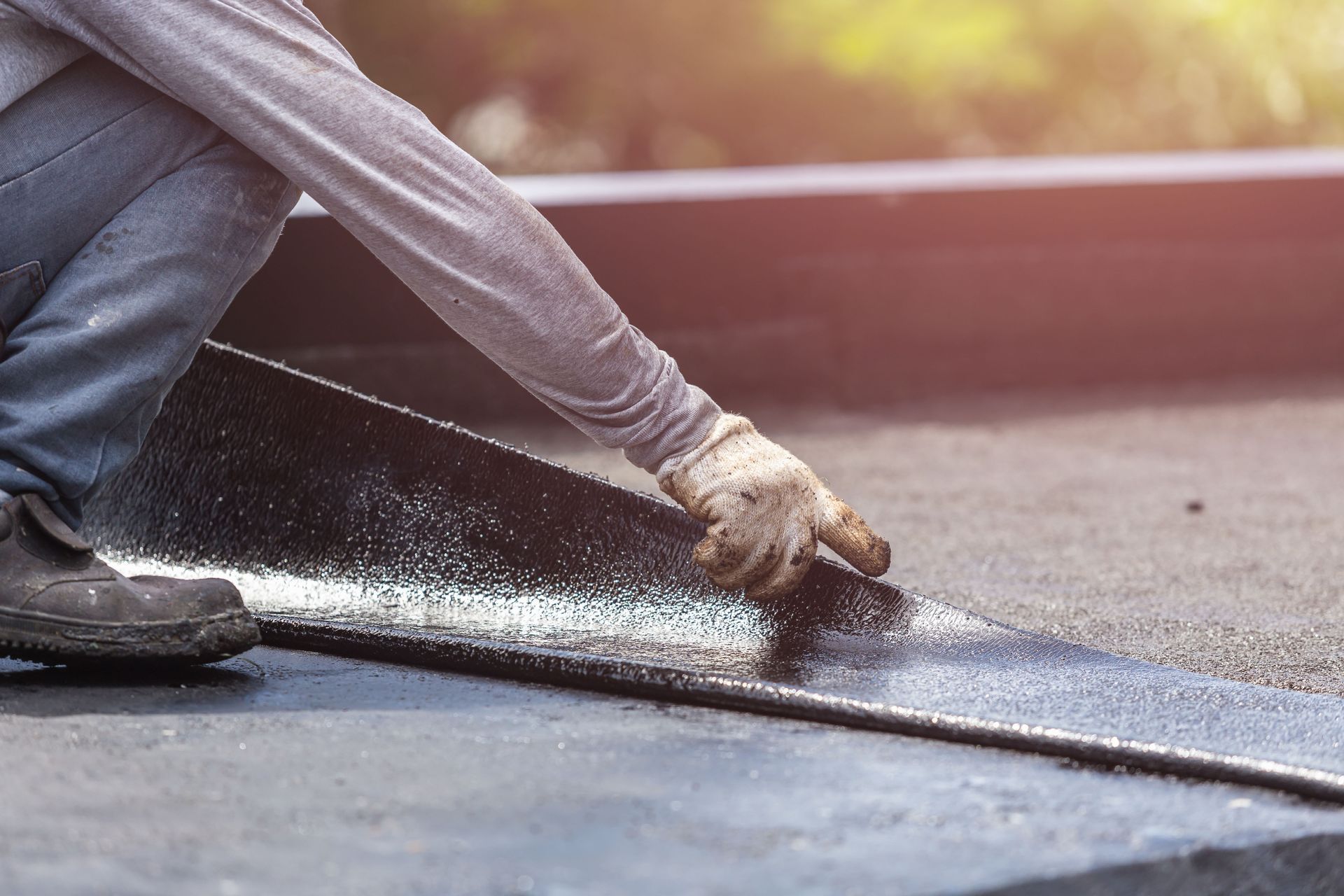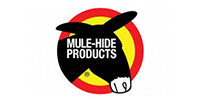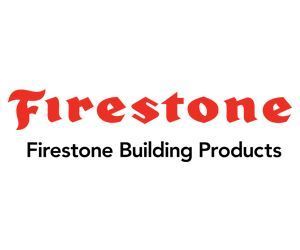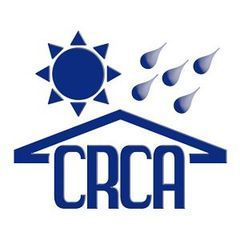September 16, 2025
Flat roofs are known for their sleek design and cost-effectiveness, making them a popular choice for both residential and commercial buildings. However, like any roofing system, flat roofs can experience a range of issues that require professional attention. Understanding these common problems and how professional flat roofing services address them can help property owners maintain their roofs more effectively and extend their lifespan.
1. Roof Leaks and Moisture
Flat roofs are particularly susceptible to leaks and moisture infiltration, especially at seams and penetrations. These issues often arise from aging materials or poorly installed flashing. Professionals fix leaks by identifying and repairing damaged areas with high-quality sealants or by replacing sections of the roof with more robust materials.
Left unchecked, leaks and excess moisture can lead to mold growth, insulation damage, and structural weakening inside the building. These issues not only affect the roof itself but can also compromise indoor air quality and increase energy costs. To prevent recurring problems, professionals often recommend routine roof inspections and the use of advanced waterproofing membranes that provide added resistance against moisture infiltration.
2. Pooling Water
One of the most prevalent issues with flat roofs is pooling water, where water remains on the surface instead of draining off. This can occur due to improper slope or blockage in the drainage system. Professional flat roofing services typically address this problem by improving drainage through the installation of tapered insulation or by creating crickets that direct water toward drains.
If pooling water is left unresolved, it can place additional stress on the roofing structure and increase the risk of premature deterioration. Standing water often accelerates the breakdown of roofing materials and may encourage algae or vegetation growth, which can further compromise the surface. In colder weather, the freeze-thaw cycle can make the problem worse by expanding small cracks into larger openings. Prompt professional attention helps prevent these costly complications and maintains the roof’s long-term durability.
3. Membrane Blisters and Cracks
Blisters and cracks in the roofing membrane can compromise the integrity of a flat roof, leading to further damage. These defects are typically caused by trapped air or moisture under the membrane. Professional flat roofing services address this problem by carefully repairing or replacing the affected areas, ensuring that the new membrane is securely bonded and properly sealed.
If blisters and cracks are ignored, they can quickly expand and allow water to seep beneath the roofing system, leading to widespread damage. Over time, this moisture can weaken the roof deck and compromise the insulation, which may result in higher energy bills and costly repairs. To reduce the chances of recurring issues, roofing professionals often recommend routine inspections and the use of durable, weather-resistant membranes that are less prone to blistering or splitting.
4. Flashing Failures
Flashing is crucial for protecting roof edges, walls, and penetrations from water intrusion. Over time, flashing can deteriorate due to weather exposure or poor installation. Professionals solve flashing issues by removing damaged portions and installing new, corrosion-resistant flashing, thus ensuring a watertight seal that protects the roof's vulnerable areas.
When flashing problems aren’t addressed promptly, water can infiltrate vulnerable joints and edges, causing rot, interior water stains, or even structural deterioration around walls and roof penetrations. Because flashing serves as the first line of defense in these critical areas, even small gaps or corrosion can escalate into major repairs. To minimize long-term risks, professionals may also recommend upgrading to higher-grade materials like stainless steel or reinforced membranes that offer greater durability against harsh weather conditions.
5. Material Degradation
Exposure to elements like sun, wind, and rain can cause roofing materials to degrade over time, leading to cracks and leaks. According to Modernize, an online home improvement resource, the cost of flat roofing materials varies, with estimates ranging from $2.50 to $9 per square foot, or $250 to $900 per roofing square, depending on the material. Professionals typically recommend regular inspections and maintenance to identify early signs of degradation and replace worn materials before significant damage occurs.
Flat roofing systems require diligent care and maintenance to prevent and address common issues such as pooling water, leaks, membrane damage, flashing failures, and material degradation. By understanding these problems and working with professional flat roofing services such as Norton Sons Roofing Co, property owners can ensure that their flat roofs remain functional and durable throughout their lifespan. If you notice these problems, reach out to us and get started with a free estimate!
